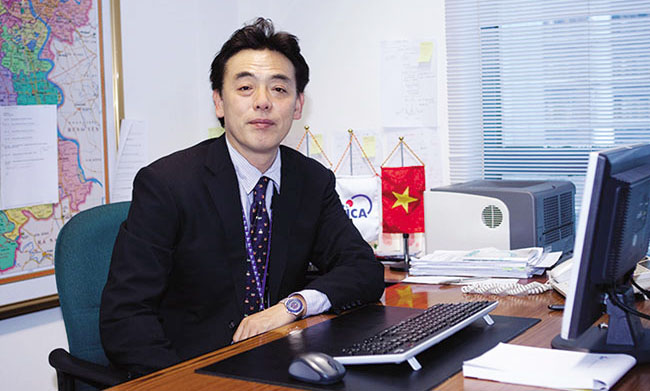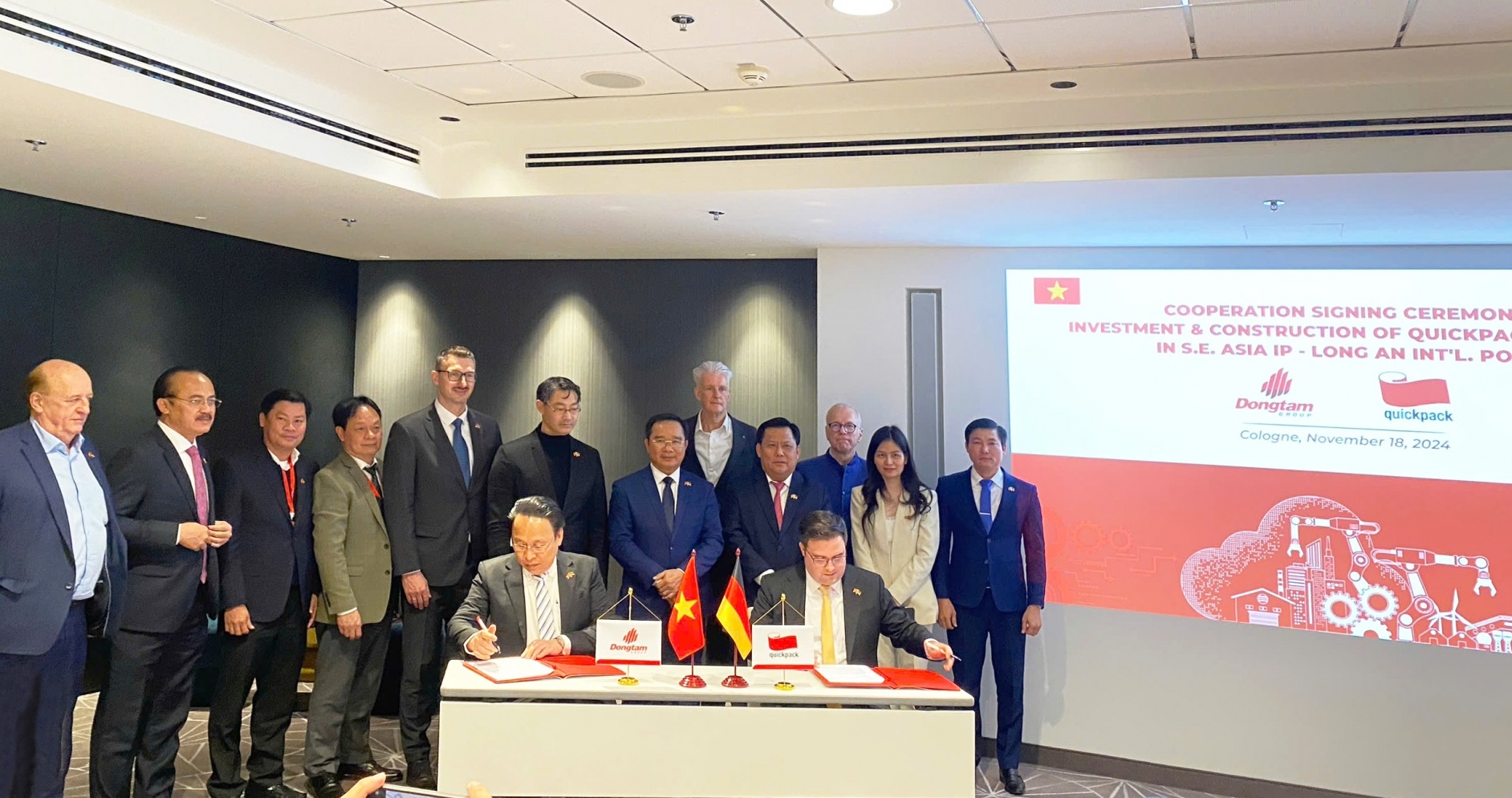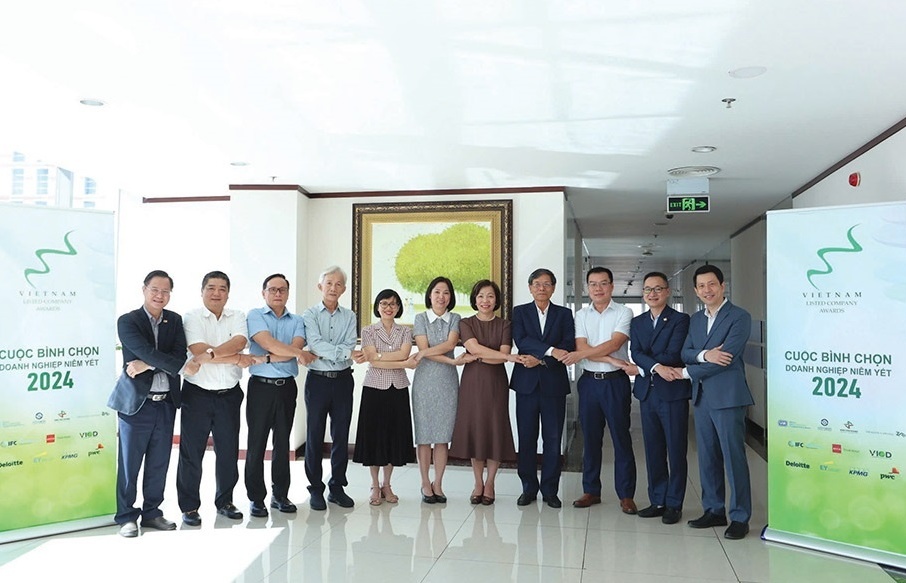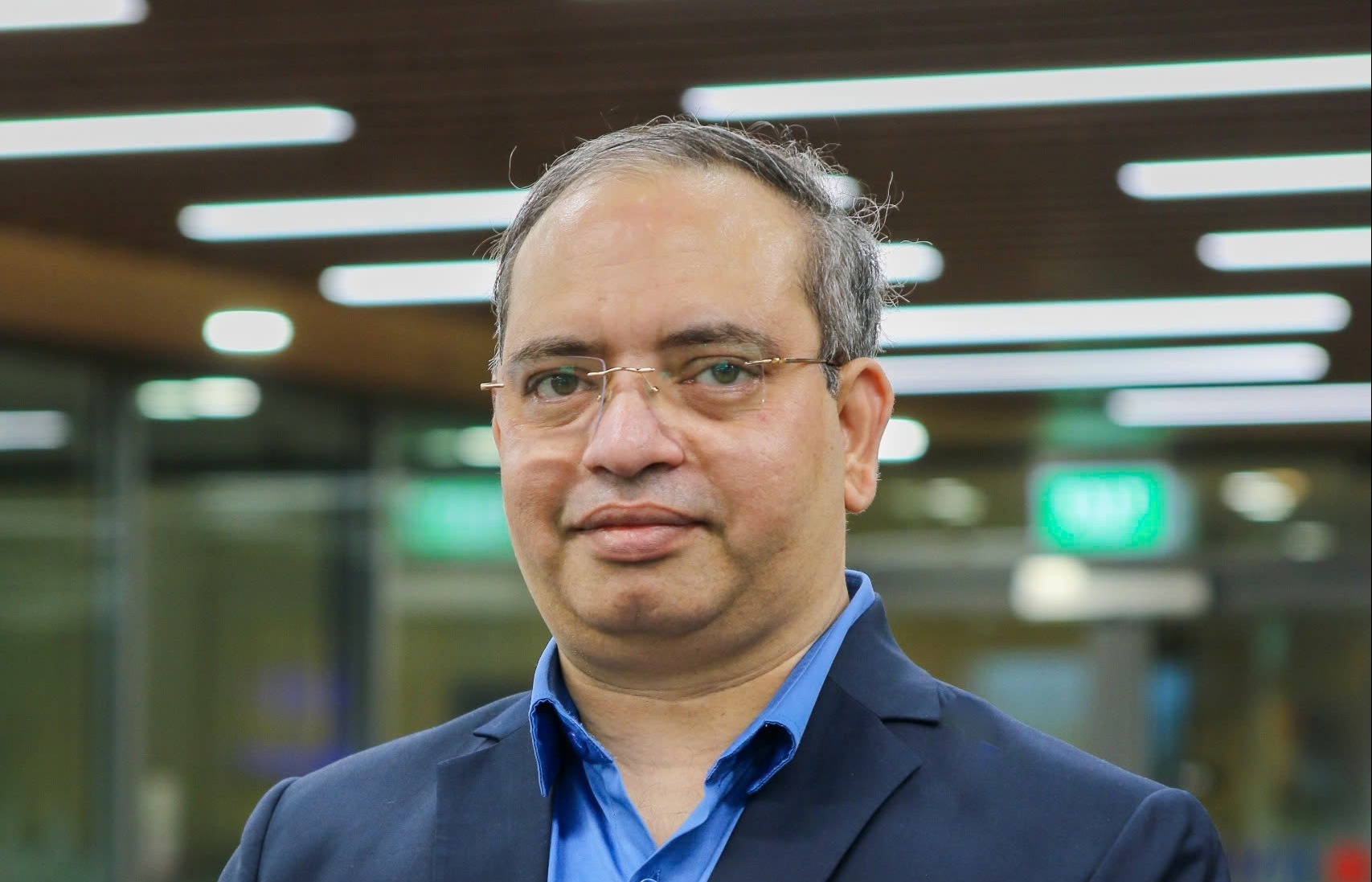JICA stands for a better Hanoi

The improvement of the city’s business and investment climate needs to be considered from at least two sides, which are (1) infrastructure facilities and (2) soft components, including the legislative framework and human resources.
Regarding infrastructure facilities, Hanoi and JICA have put priority on utilising Japanese official development assistance (ODA) loans to invest in the main infrastructural projects for the city’s socio-economic development. This practice has been highly acclaimed for its contribution to the drastic improvement of the business and investment climate in the city.
For example, Hanoi has inaugurated Terminal 2 of Noi Bai International Airport, Nhat Tan bridge and the road connecting the bridge to the airport, all in just this year. This helps dramatically improve the arterial transportation route from the country’s international gateway to the city centre. In addition to these projects, Japan’s government has lent considerable support to the improvement of drainage and sewage works in a larger area of the city through JICA and most projects have been progressing well compared to others over Vietnam.
In this regard, JICA is sure that the co-operation with Hanoi has contributed substantially to the improvement of the city’s business and investment climate.
Hanoi is, however, still on its way to the ideal where the inflow of foreign private companies and investment can create jobs and keep up the motivation for on-going operations. In general, a city has to possess gates and access points for people coming from the outside, ring-roads for smooth transits, and metro rail transit (MRT) networks for modal shifts in order to provide the minimum conditions for normal business transactions. Looking at the current situation of Hanoi, it possesses the international gate and access points to the city, Ring-road 3 for smooth transit, and the construction of three MRT networks is currently in progress to facilitate the modal shift. We can say that once the MRT projects are completed, the basic mega-facilities for business and investment are ready, which might be realised by 2022 according to the current schedule of MRT Line 2, a project also financed by JICA.
Here, we have to raise the biggest concern for the city’s business and investment climate: the delay in project implementation. Once a project faces severe delays, it will not only increase costs but also cause huge economic losses in terms of profit, which throws a wrench into companies’ business strategies.
I would like to give one example of the economic losses caused by the delay of MRT Line 2. As the total project value was reasonable but too high at the same time, the government of Vietnam has decided to conduct a cost evaluation by an independent consultant hired from the state budget by the Ministry of Planning and Investment. However, the process was quite time-consuming and delayed, and the government is making the ultimate decision. Moreover, it took two more years only to hire an independent consultant. Therefore, the expected date for the commencement of bidding is April 2016, six-years late compared to the original plans, while the completion of the project is put off until 2022.
According to our rough estimations, the cost of civil works and equipment has been further increased by about $160 million solely due to price escalation over these six years. Also, private companies cannot get their expected profits they calculated in their business strategies.
Regarding soft components, a recent survey conducted by the Japan External Trade Organisation (JETRO) has showed that 66 per cent of Japanese small and medium enterprises consider the existing problems in the legal framework to be an obstacle to their operations.
Hanoi has been challenged by the increasing competition from neighbouring localities, like Haiphong, Ha Nam, Hai Duong, Quang Ninh, Bac Ninh and Vinh Phuc, which possess favourable geographical locations, transportation circuits with improving Provincial Competitiveness Index (PCI) together with advantages in available production sites, cheap land rental rates and labour force that are attractive to manufacturers and assemblers alike. Therefore, there is a definite risk foreign direct investment being transferred from Hanoi to these provinces, provided the legal framework in Hanoi did not facilitate improvement in the city’s investment and business environment.
Although by capitalising on the enactment of the Capital Law (effective from July 1, 2013), the city has been implementing a number of policies and incentives to boost investment, there is spacious room for Hanoi to improve, ranging from policies on priority sectors through land use and human resource development policies to the living conditions for workers in industrial zones. Besides, the city is also in dire need to make its policies more simple and transparent by providing clear guidance to investors so as to reduce their transaction costs. Along with the promotion of new investment projects, policies on post-registration services should be prioritised.
In order to improve its human resources to work for investment projects, Hanoi can utilise the advantages of many ODA projects in the city. There is, for example, the Vietnam – Japan Cooperation Centre, which has been providing various business training courses since 2000, as well as the JICA senior volunteers, who are working at the SME technical assistance centres (TACs) under the Ministry of Planning and Investment to level up the business management skills for local small- and medium-sized enterprises. The future JICA project for strengthening the vocational training sector, which will cover four training institutions in Hanoi, is also expected to provide numerous skilled labourers to investors.
Hanoi and JICA have cooperated relatively well to improve the business and investment climate so far. JICA, however, has to emphasise that the common ideal can never be realised in time without the ample support from the government of Vietnam at the central level and of the Hanoian authorities at the local level.
By Mutsuya Mori - Chief representative of the Japan International Co-operation Agency’s Vietnam Office
What the stars mean:
★ Poor ★ ★ Promising ★★★ Good ★★★★ Very good ★★★★★ Exceptional
Latest News
More News
- Trump's trade policies could shape Vietnam's economic outlook: Dragon Capital (November 15, 2024 | 16:56)
- Prioritising corporate governance for Vietnam’s sustainable growth (November 14, 2024 | 16:50)
- Vietnam eyes nuclear revival to bolster energy security (November 14, 2024 | 16:46)
- German businesses explore investments in Dong Nai (November 08, 2024 | 18:02)
- Vietnamese consumer sentiment outperforms regional averages (November 08, 2024 | 18:00)
- Exchange and interest rates forecast to remain stable after US election (November 07, 2024 | 14:04)
- Industrial real estate stocks benefit from US election results (November 07, 2024 | 13:56)
- 2024 sees $1.41 billion in fintech funding so far (November 07, 2024 | 08:13)
- Trump at 266 electoral votes, Harris at 195: US media (November 06, 2024 | 14:30)
- Hanoi targets digital and high-tech investment with upcoming event (November 06, 2024 | 13:28)




















 Mobile Version
Mobile Version